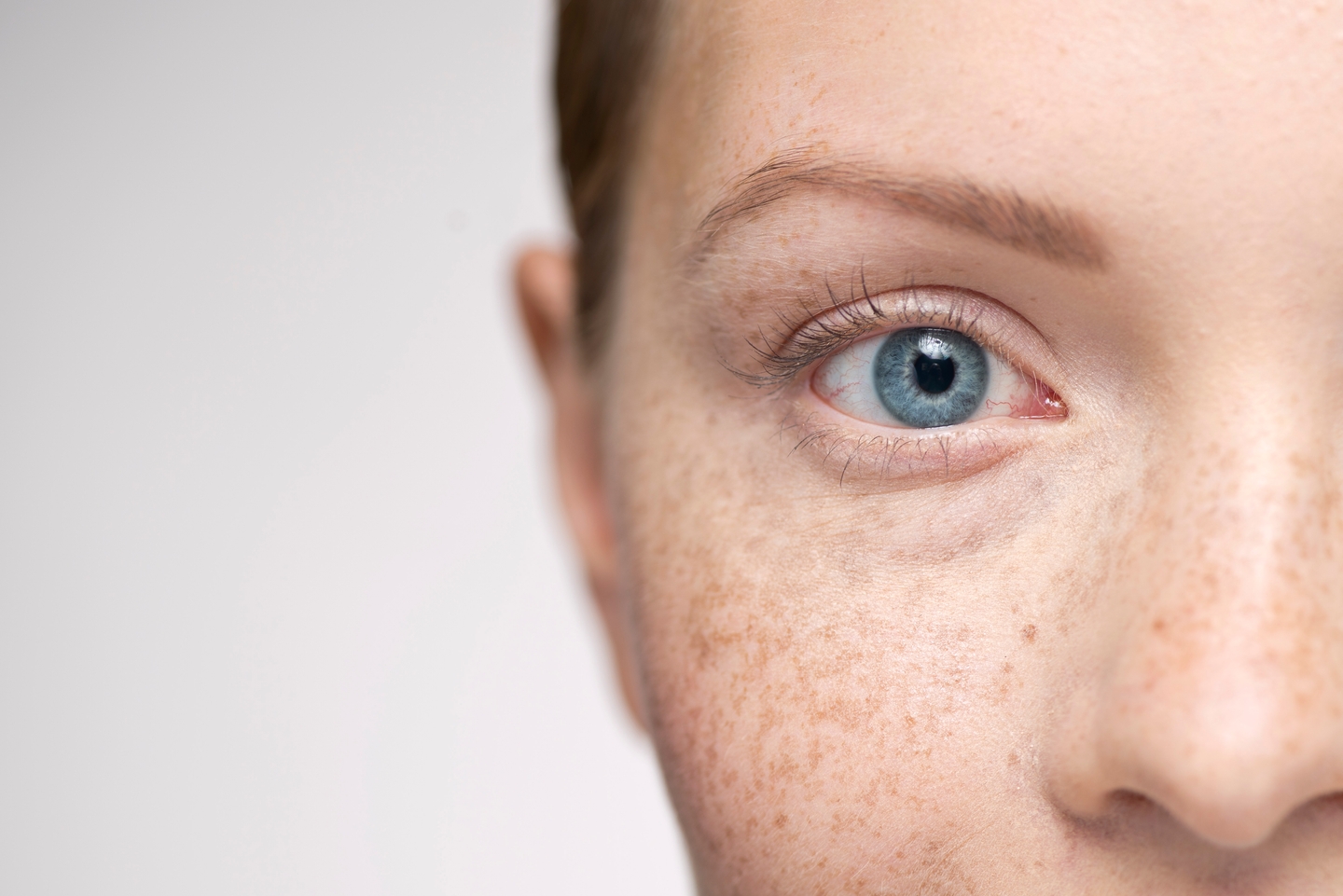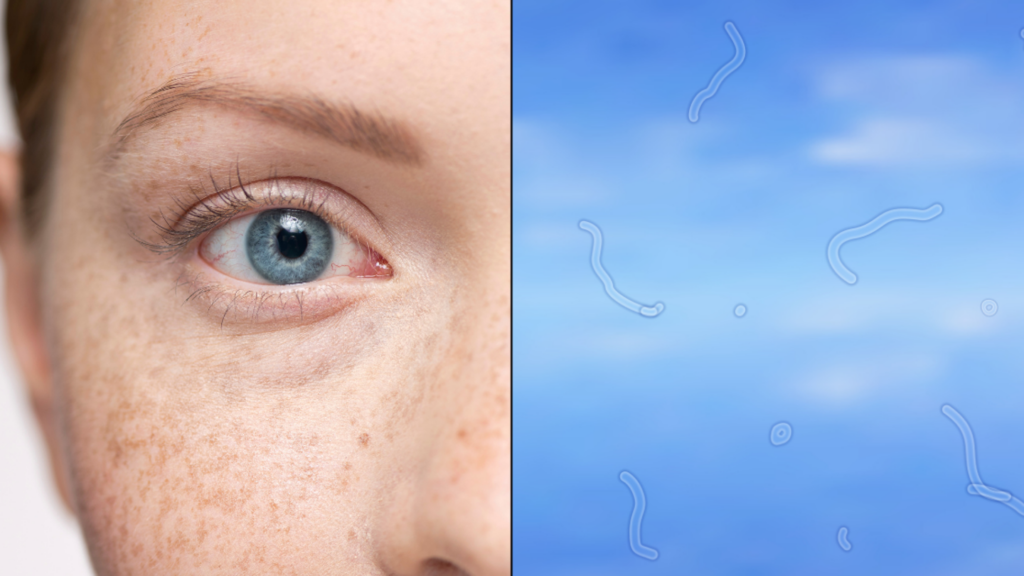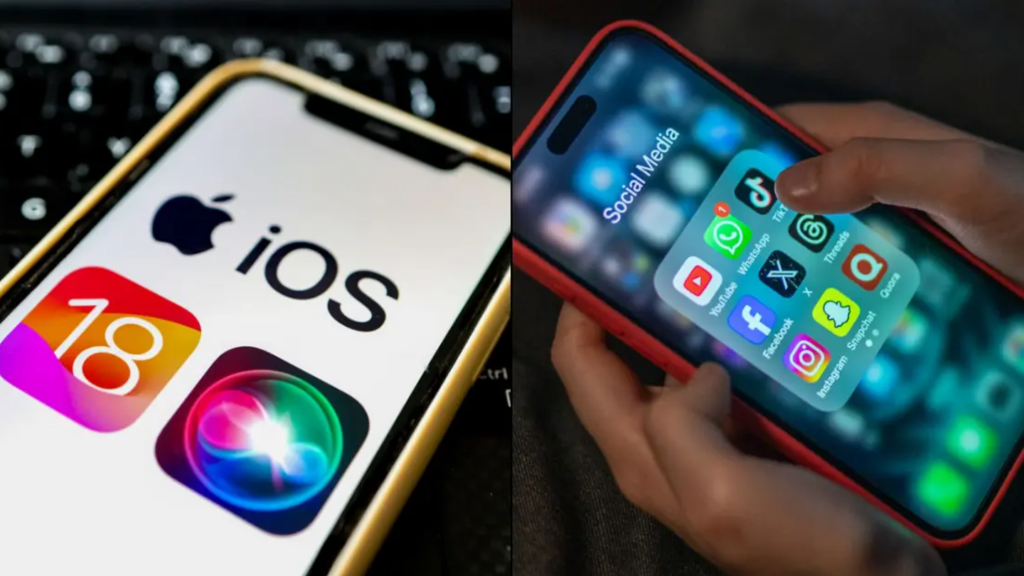It’s a strange experience we’ve probably all had at some point—you’re looking around, and suddenly, these little wavy lines or tiny spots seem to drift across your field of vision.
In reality, there’s nothing there at all. These odd shapes are called “floaters,” and although they’re not rare, they can be a little distracting and might make you wonder if there’s something wrong.
While floaters are generally harmless, they’re quite common, and it’s helpful to understand why they show up, whether they could signal a bigger health issue, or if you should simply ignore them when they glide across your vision.

What Exactly Are Floaters?
According to the NHS, floaters are often linked to a process called posterior vitreous detachment (PVD). This is typically harmless and happens as the gel inside your eye changes with age. In more severe cases, though, floaters can also be connected to retinal detachment, which can lead to significant vision issues if untreated.
If left unattended, retinal detachment can result in vision loss. However, in many cases, floaters or quick “flashes” of light can appear without any serious underlying cause.
When to See an Expert
Seeing floaters from time to time is usually no cause for alarm, but if you start noticing new floaters, especially if they seem sudden, it’s a good idea to visit an optician.
Dr. Daniel Polya from the Royal Australian and New Zealand College of Ophthalmologists emphasized that it’s “so important to see an optician when a floater first appears.”
Dr. Polya also noted that while we often get used to ignoring these floaters, we should take notice, explaining further: “Laser surgery can also be performed to break up big, problematic floaters, but it has risks associated.”
Why Do Floaters Appear in My Eyes in the First Place?
Dr. Polya shared some insight into the science behind floaters with Daily Mail Australia. He explained that they happen because of fibres in the vitreous—the gel-like substance that makes up about 80 percent of your eye—clumping together as part of the natural aging process.
Speaking with Daily Mail Australia, he said, “It’s the condensation of the collagen fibres. Large molecules of collagen clog together and cast shadows on your retina which you perceive as eye floaters.”
These clusters of fibres create small shadows on the retina, which can look like floating blobs or squiggly lines, especially noticeable when you’re looking at plain backgrounds or bright lights.

What Do Floaters Really Mean?
Floaters are not always harmless, according to Dr. Polya. He explained that sometimes they can signal a more serious issue: “What’s really disappointing is when someone will come in with retinal detachment from a posterior vitreous detachment that hasn’t been examined earlier.”
Although PVD itself is harmless, what are the actual odds that floaters could be a sign of something more concerning?
Dr. Polya explained the potential risks: “For those that get PVD, there’s a five percent chance it’s developing a tear in the retina, and if a tear does occur, there’s a 50 percent chance of retinal detachment.”
Laser surgery is sometimes used to repair a retinal tear, but early detection is critical to prevent more severe complications down the line.
He added that “PVD is common and not that disappointing to see, whereas retinal detachment is disappointing to see in a patient who could have had an earlier exam when they first got floaters,”






